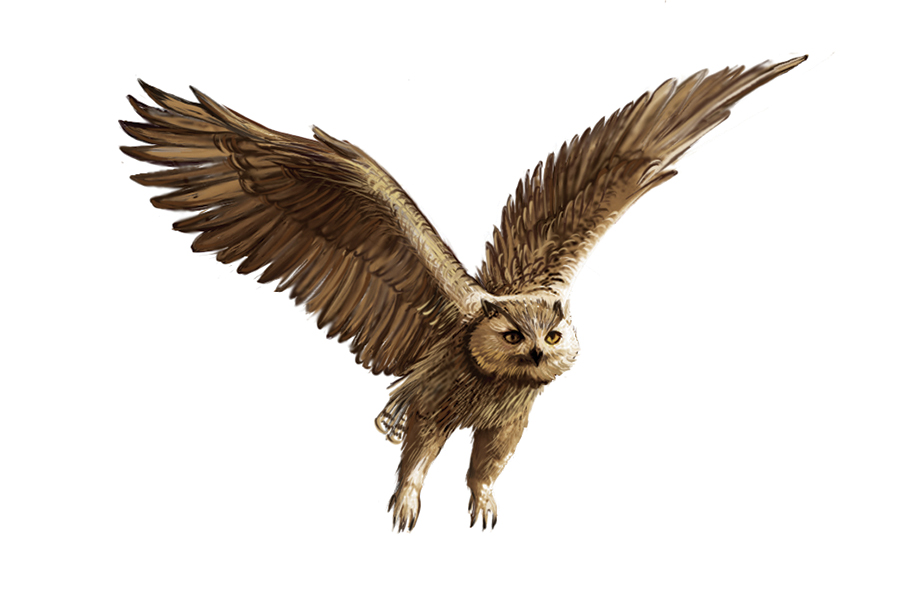Colors of Love Poems
One of February’s troubadours, love poems glimmer like candy hearts against a blue sky. Coming in all hues, like love itself, they have the power to adore, seduce, honor, bind, anger, grieve, forgive, appreciate, engage, mend, reconcile and more. From classic to contemporary, verses of love and passion inspire us to give voice to the seemingly indescribable. In honor of Valentine’s Day, we have assembled a collection of poetry submitted from area writers that will warm the heart of Saint Valentine himself.
These Days
we walk slower,
hand in hand.
I miss my good
knees, the miles
I ran on blacktop,
on country roads
through fields,
always running,
moving, covering
distance as if that
would take me
anywhere—when
all I ever needed,
I see now, is you,
right here: this home,
our yard, my hand
in yours, on a
Sunday afternoon.
— Steve Cushman
The Savings & Moan
Maybe swinging a nine-pound hammer
in Hell, sweat hissing
on pillow-shaped rocks
that break and bind,
mocking my stinging eyes,
I’ll lose track of Friday nights
when we were alone at the top
of the savings & loan building.
Or stroke-addled, swabbing the floor
at the Mission shelter, I’ll drop the mop
to end a week, mutter past the wet floor sign,
false teeth clicking, and not want you —
tilting into our spell, then pulling back,
true to your computer.
But never in my right mind
will Fridays above the lights
go blank, lovely Friend.
— Michael Gaspeny
Tiramisu
When Julie says she wants Tiramisu
I do what husbands have done forever,
go searching. First the Italian Bakery
on Westridge, but they’re out, then Alex’s
Cheesecake downtown, but no luck there.
I even try a couple chain restaurants but
you guessed it they’re out. Finally, I asked
the pastry chef at Cugino Forno and he said,
“Man, it’s National Tiramisu Day.”
Okay, so let’s add that to the list of things
I don’t know. Finally, I hit Bestway’s
frozen food aisle and somehow they
have a Sarah Lee two-pack, which I buy.
Julie smiles, says, “Thank you this is just what I wanted.
But what took you so long?”
I shrug, “There’s a run on Tiramisu today,” and she
laughs as we settle in to watch a gardening
show on Netflix. I wave away her attempts
to share the Tiramisu, tell her to enjoy
the whole thing, secretly hoping she’ll
save a little, perhaps a bite or two, for me.
— Steve Cushman
(*March 21 is Tiramisu Day)
Dried Flowers
& Other Crafts
Leaf through pages of my flesh, find quilt-comfort memories.
Read how the day before yesterday becomes three decades.
Showers together, coffee, cozy socks and couches.
Enough, for a time. Peel back three pages from my book
of skin at shoulder, where muscle meets
gauze-white membrane, a spot that holds one dried iris
pressed between two black & white photos. One shows
us hiking near Lolo Pass Road, between mounds of boulders,
before we found our almost-smooth meadow.
I will not speak of the second photo. Not yet.
— John Haugh
July 12, 2007, Kitty Hawk, North Carolina
Full from ice cream and a sun-filled day my son
and I walk the half mile back to our rental house,
as the gulls circle overhead and the bikinied girls
pass us by on pink and yellow rental bikes. Of course,
I’d like to stretch this week at the beach out forever,
but I can’t. Back home, there are rooms to be painted
and yards to be mowed, not to mention bills to be paid.
But for a few more minutes, Trevor and I are walking
barefoot on the hot sidewalk and when I turn to the left
I spot this dark-haired woman waving at us from a balcony
and as she waves I realize she’s my wife, and this is my
life, and I’m no doubt luckier than I have any right to be.
— Steve Cushman
Serenade
I promise
there will always be
sweet fresh sheets for you:
I have labored
to iron away the creases
of many solitary nights,
pledge that we will lie
on a new bed
with carefully sorted memories,
even as we crumple
toward our inevitable berths.
— Valerie Nieman
Power Outage
For three days the power was out,
so each night after work we huddled
close on the couch, under that thick blue
blanket, reading books by candlelight,
drinking wine, our legs intertwined.
Later, in bed, even if we didn’t make love
we reached for each other, for warmth, which
at times felt more intimate than lovemaking.
When the lights flickered on the third day
I closed my eyes and thought no, not yet,
as if my thoughts had the power to do
anything, and she cussed, dammit.
In the morning, we woke under so many
layers, both of us covered in sweat as if a fever
had broken and what was ahead might be
better days, the start of something new.
— Steve Cushman
Secret Admirer
Whoever set the bouquet at your door,
in a vase with pink bows double-knotted
around its glass throat,
doesn’t know you well. You hate pink.
Maybe whoever, approaching so intimately
with sex and death in hand,
breathed in the faint scent of (pink) carnations,
but probably just the funereal odor
that clings to every petal,
eucalyptus and vinegar.
Vinegar that you pour at the feet
of gardenias so the leaves will be green
and the flowers so sweet
before they jaundice and fall.
Cut flowers, bright in their dying,
daisies, asters, roses, carnations.
Casting messages around like pollen,
innocence/patience/pride/love.
Hardly any fragrance to flowers anymore
except for chrysanthemums;
your cousin’s funeral put you off them forever,
the way your mother hated gardenias.
Why gardenias?
Another woman’s perfume,
perhaps, she herself favoring Chanel No. 5
when she could, thick with jasmine.
Gardenia is named jasminoides,
yet not even kin, like someone pilfering
a dead child’s name.
Such sniffery.
You wait for another delivery.
Whoever, maybe.
— Valerie Nieman
Sizing Up
The carpenter
in the Craignure Inn,
carrying still his flat pencil
in its narrow pocket,
looks my way now and again,
gauging this accidental bird
alighted at his local.
A small man precise as his work,
measure twice and cut once;
he has a curved nose
and not a spare bit of flesh,
the plane having worked him
close to the bone.
His vest is joined neatly,
his ginger hair clipped.
I unfold myself from the low chair
like a carpenter’s rule,
near six feet of well-fed American
woman, and go to settle up.
Behind me at the bar,
I don’t see him but I feel
him quietly slip away.
— Valerie Nieman
Popover
I had never heard of Yorkshire Puddings
until my wife made them. Julie’s British,
says her family ate them every Sunday
growing up, along with a baked chicken,
some potatoes, roasted carrots or green
beans. Sometimes she calls them
Popovers. That’s the name our son
uses for these overgrown muffins
of oil and flour and egg, puffed in the
middle, so that a fork or knife can send
them toppling in on themselves.
What I’m trying to say here is I can’t
imagine my life without these treats
from across the ocean and my son,
if you could see the way he ravages
them, you would know, feels the same.
— Steve Cushman
























 First, some background. The house, which features four en-suite guest rooms, was small but history-packed. Originally the private home of Daniel D. Debutts, it was converted to an inn 60 years later after purchase by Arthur and Louise Gist. The Magnolia was variously called a hotel, motel and inn. It appeared in The Negro Motorist Green Book from 1955 to 1957 and 1959 to 1961. The guide ceased publication in 1966.
First, some background. The house, which features four en-suite guest rooms, was small but history-packed. Originally the private home of Daniel D. Debutts, it was converted to an inn 60 years later after purchase by Arthur and Louise Gist. The Magnolia was variously called a hotel, motel and inn. It appeared in The Negro Motorist Green Book from 1955 to 1957 and 1959 to 1961. The guide ceased publication in 1966.












 On Stage With Margaret Atwood
On Stage With Margaret Atwood